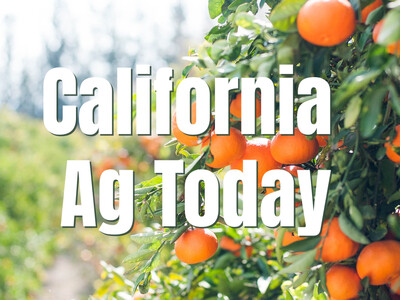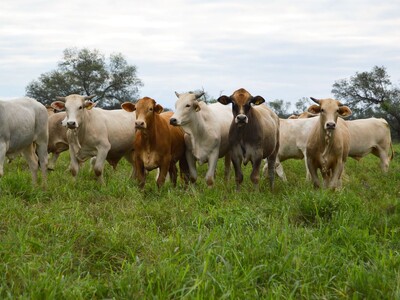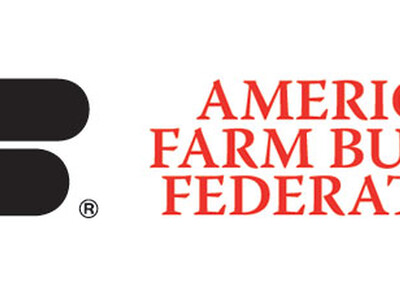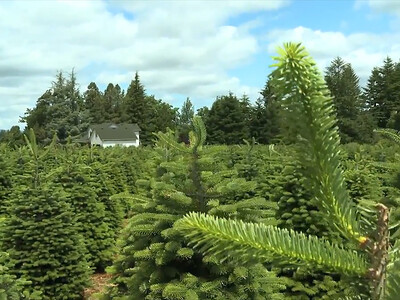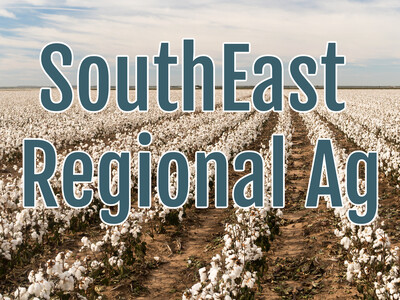CalTrout
California Trout, is a conservation non-profit that works to protect the state’s wild rivers and fish. CalTrout is redoubling its commitment to major restoration projects that have a landscape-scale impact. The impending drought and adverse impacts of a warming climate add to the urgency of this work. Leveraging five decades of science-based watershed stewardship and a track record of collaborative restoration work, CalTrout has assembled a team of scientists and project managers poised to create replicable models for fish restoration over the coming decades within California’s heavily managed water landscape.
“We are incredibly proud of the impact we’ve made across the state over the past five decades,” said Curtis Knight, CalTrout Executive Director. “But we also know our work has only begun. While we honor our past, now is the time to focus on the future, toward what we will accomplish in the next 50 years as the state faces more people, more wildfires, and more threats from climate change than ever before. We have been a part of many moments that made history and we intend to play a big role in helping write the story of what comes next for fish and rivers in California in this era of climate change.”
CalTrout played a key role in developing a now-widespread effort in the Central Valley to leverage fallowed farm fields to provide food and habitat for struggling native fish populations, including endangered winter-run Chinook salmon. CalTrout was also one of dozens of organizations that signed an agreement that calls for the removal for four outdated Klamath River dams. When those dams are removed in 2023, migratory fish like salmon and steelhead will regain access to more than 300 miles of habitat. Dam removal will significantly increase water quality, enable the expansion of a river-centered recreational economy in rural communities throughout the basin, and support Tribes in the region who have relied on salmon fishing for subsistence and ceremonial purposes since time immemorial. Critical to preparing the Klamath Basin watershed for successful recovery post-dam removal, CalTrout has also partnered with landowners in the Shasta and Scott River Basins, important tributaries to the Klamath, to improve habitat and increase stream flows for native fish when the dams come down.
With a robust foundation in science, CalTrout’s regional staff works within their local communities alongside diverse interests such as ranchers and farmers, water agencies, tribes and utility companies. The organization’s pragmatic approach and can-do attitude to solving the state’s complex water resource issues while balancing the needs of wild fish and people creates results unmatched by other conservation organizations.
In a sign of confidence in CalTrout’s ability to deliver high-quality, on-budget restoration projects, CalTrout has been awarded $21.7 million in grants this fiscal year (2020-21) from the California Department of Fish and Wildlife (CDFW), Fisheries Restoration Grant Program; State Coastal Conservancy; and the Wildlife Conservation Board, among others, for a range of projects spanning the state.
As part of CalTrout’s 50th Anniversary year, the organization is highlighting seminal accomplishments from its first five decades. These milestone achievements illustrate the broad and lasting impact that will be felt for generations to come.
A select few of those milestone achievements include:
- Creating A New Model for Fisheries Management
o In 1971, CalTrout set out to prove the concept of managing fisheries for wild trout, using its Hat Creek Demonstration Project as the template. Today, the CDFW Wild Trout Program designates and protects 59 wild trout waters.
- Protecting Wild & Scenic Rivers
o With the intent of helping ensure the people of California have access to abundant natural resources, CalTrout successfully advocated for the California Wild & Scenic Rivers Act, which Gov. Ronald Reagan signed into law in 1972. Today the state has 15 rivers under this designation and 2,000 miles of water under federal Wild & Scenic Rivers designation.
- Restoring the watershed that feeds Mono Lake
o CalTrout was the lead plaintiff in two seminal lawsuits in 1985 and 1990 that laid the groundwork for public trust law throughout California and ultimately ensured that the Los Angeles Department of Water and Power account for the needs of wild trout when diverting water out of the Eastern Sierras to support the water needs of the metropolis.
- Leading with Science to Inform Restoration
o To assess the real risk of losing native fish, CalTrout and UC Davis Center for Watershed Sciences collaborated in preparing SOS (State of the Salmonids) II: Fish in Hot Water, an in-depth report that details the status of California’s 32 native salmon, steelhead and trout. The science-based report is clear – if we do not act, we risk losing our native fish species. And, at the current rate, 45% of California salmonids are likely to be extinct in the next 50 years.






